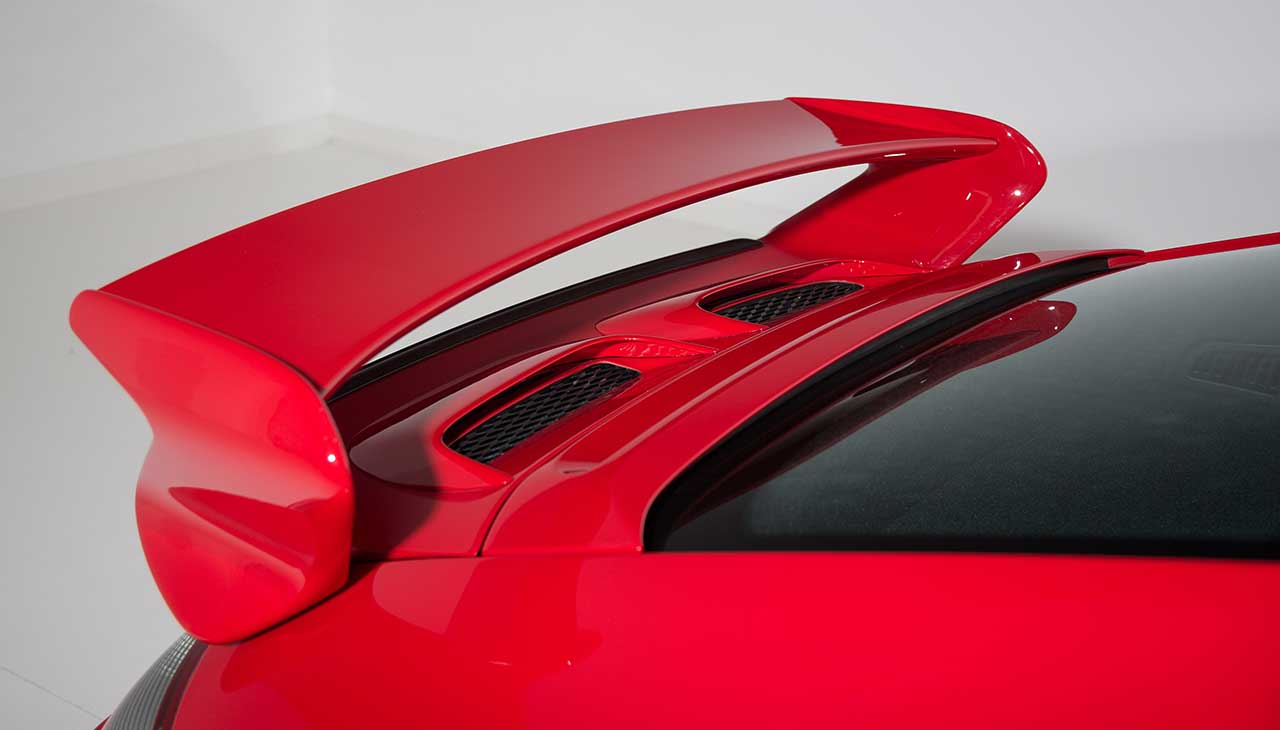The world of automotive design has witnessed remarkable transformations over the years, evolving from simple, utilitarian concepts to sophisticated, technology-driven marvels of engineering and aesthetics. This evolution is not just about the change in shapes, sizes, or capacities; it’s a mirror reflecting the technological advancements, cultural shifts, and changing human needs throughout the decades. In this document, we will take a closer look at how automotive design has progressed, exploring the pivotal innovations and the iconic designs that have made their mark in history and continue to influence the cars we drive today.
1900s-1920s: The Early Years
In the early 1900s, the transition from horse-drawn carriages to automobiles marked a revolutionary leap in personal transportation. This era laid the foundation for automotive design, focusing heavily on craftsmanship and luxury, drawing inspiration from the Art Deco movement. Designers incorporated elegant, flowing lines, ornate detailing, and luxurious materials, manifesting vehicles that were not merely modes of transport but works of art. It was during this period that iconic models began to emerge, introducing design elements that would become hallmarks of their brands. Cars like the Ford Model T, introduced in 1908, not only revolutionized manufacturing with its moving assembly line but also set a precedent for the democratization of the automobile, making it accessible to the masses. This blend of artistic influence and innovative engineering set the stage for the rapid evolution of automotive design in the decades to follow.
1930s-1950s: The Golden Age of Automobile Design
The period from the 1930s to the 1950s is often referred to as the Golden Age of Automobile Design. This era was characterized by the introduction of streamlined designs and a significant emphasis on aerodynamics, influenced by the Art Deco movement and the emerging field of aerodynamic science. Designers began to understand the importance of aerodynamics for performance and fuel efficiency, leading to sleeker profiles and smoother lines in vehicle design. Luxury and customized features became increasingly popular during this time, catering to a growing market of affluent consumers desiring unique and high-end cars. Innovations such as power-assisted brakes, automatic transmissions, and improved suspension systems enhanced the driving experience, setting new standards for comfort and performance.
The post-war economic boom of the late 1940s and 1950s had a profound impact on automotive design, with an explosion in consumer demand leading to greater competition among manufacturers. This competition drove rapid advancements in design and technology, resulting in a plethora of iconic models that boasted both style and substance. Cars from this era, such as the Cadillac Series 62 and the Chevrolet Bel Air, became symbols of prosperity and the American dream, featuring extravagant designs, vast proportions, and powerful engines. The optimism and economic prosperity of the post-war years fueled the creativity of automotive designers, leading to some of the most memorable and influential car designs in history.
1960s-1980s: Era of Innovation and Transformation
The 1960s to the 1980s witnessed an era of significant innovation and transformation in automotive design, where emphasis on performance and speed became paramount. This period saw the birth of the muscle car, characterized by powerful engines and aggressive styling, exemplifying the youthful energy and optimism of the time. Brands like Ford Mustang and Chevrolet Camaro became cultural icons, embodying freedom and the American spirit of adventure.
Safety features during this era also underwent remarkable evolution, transitioning from rudimentary options to integral aspects of automotive design. The introduction of safety belts, crumple zones, and anti-lock braking systems (ABS) marked a shift towards prioritizing passenger protection without compromising on aesthetic appeal or performance. This integration of safety into design highlighted the automotive industry’s response to growing consumer awareness and regulatory demands for safer vehicles.
Cultural and societal changes further influenced automotive aesthetics, mirroring the dynamic shifts in society’s values and lifestyle. The oil crisis of the 1970s prompted a movement towards more fuel-efficient designs, while environmental consciousness led to the early development of emission control technologies. Additionally, the rise of digital technology towards the end of this period began to shape vehicle interiors, introducing digital displays and electronic controls that foreshadowed the digital revolution in automotive design. Each of these elements, from the focus on performance and safety to the reflection of societal trends, played a crucial role in guiding the evolution of automotive design during these transformative decades.
1990s-Present: Modernization and Technological Advancements
The period from the 1990s to the present marks a significant phase in automotive design, primarily driven by rapid technological advancements and a growing emphasis on sustainability. The integration of technology and digital innovation has revolutionized the way automobiles are designed, produced, and interacted with. Cutting-edge software tools enable designers to experiment with complex shapes and concepts more easily, leading to the creation of vehicles that were once thought impossible. Furthermore, the rise of digital technology has ushered in an era of connected and autonomous vehicles, featuring advanced navigation systems, internet connectivity, and self-driving capabilities, transforming the driving experience and enhancing safety.
Sustainable design practices and environmental considerations have become paramount in response to global climate change and the depletion of natural resources. Automotive designers and manufacturers are increasingly focusing on reducing the ecological footprint of vehicles by integrating more efficient powertrains, such as hybrid and electric engines, and utilizing lightweight materials to improve fuel efficiency. The movement towards electrification is evident in the emergence of futuristic and electric vehicle (EV) designs, which signify a departure from traditional combustion engines to cleaner, renewable energy sources. Models like the Tesla Model S and the Nissan LEAF are at the forefront of this shift, offering zero emissions, innovative battery technologies, and sleek, aerodynamic design elements that signify the future of automotive design.
This era of modernization and technological advancements represents a pivotal shift in the automotive industry’s approach to design, emphasizing the importance of environmental sustainability while continuing to push the boundaries of innovation and aesthetics.




